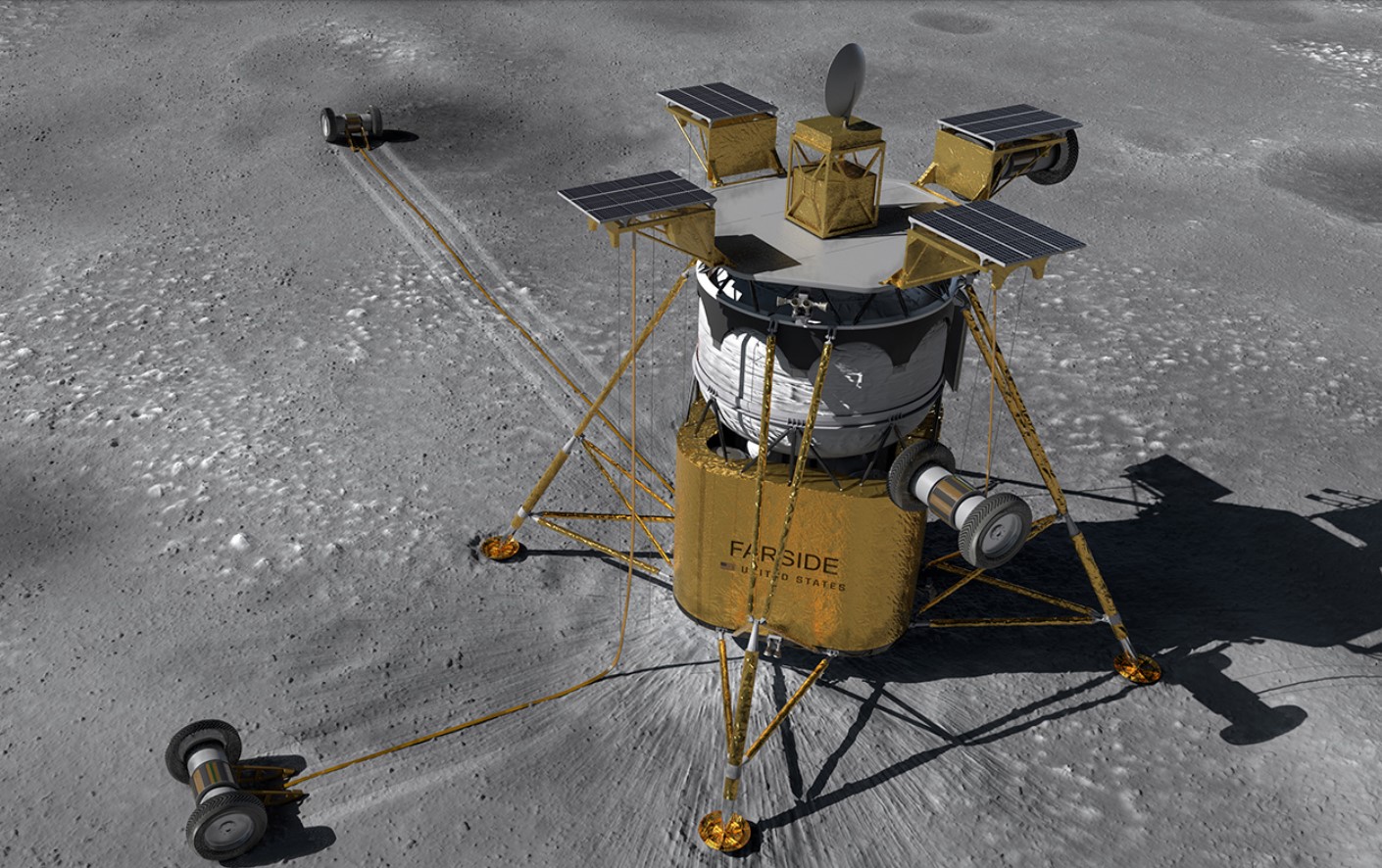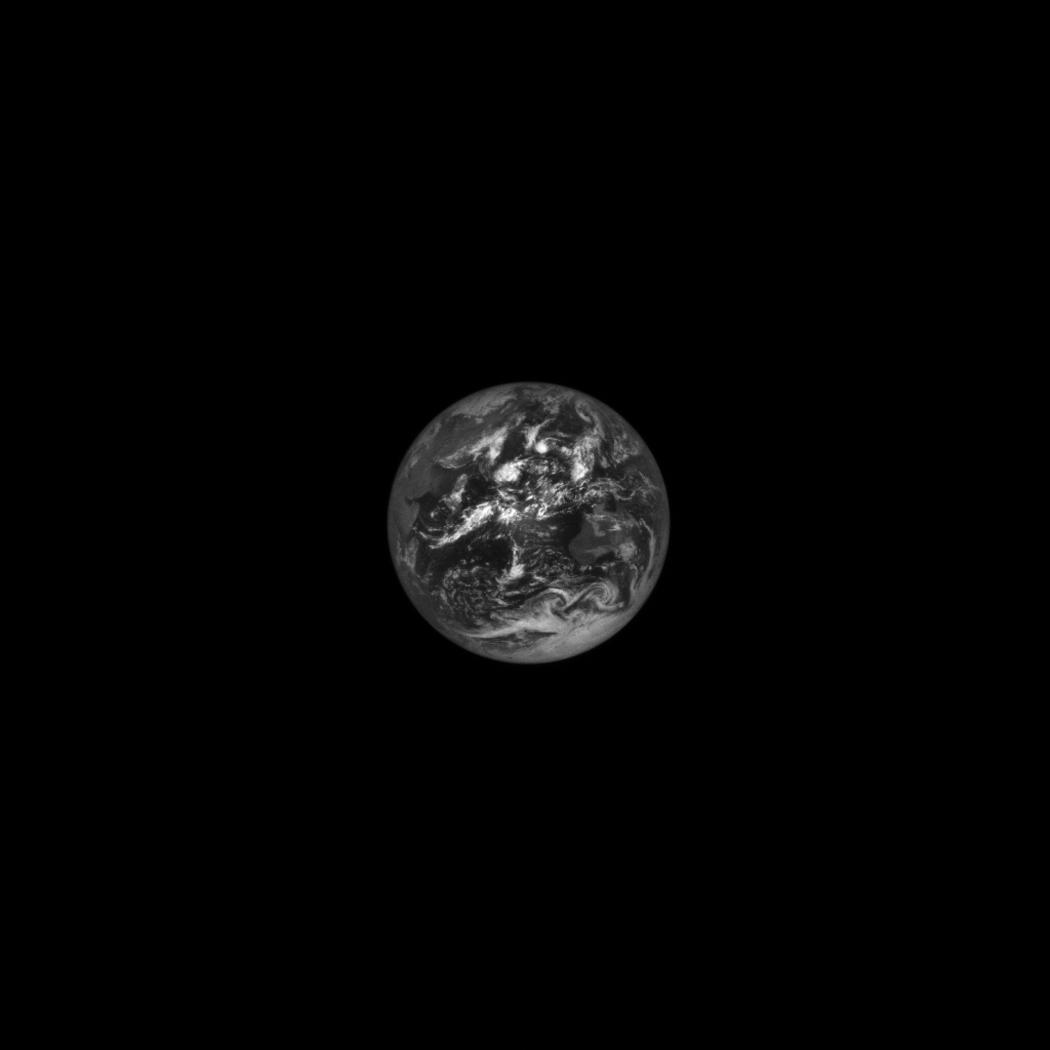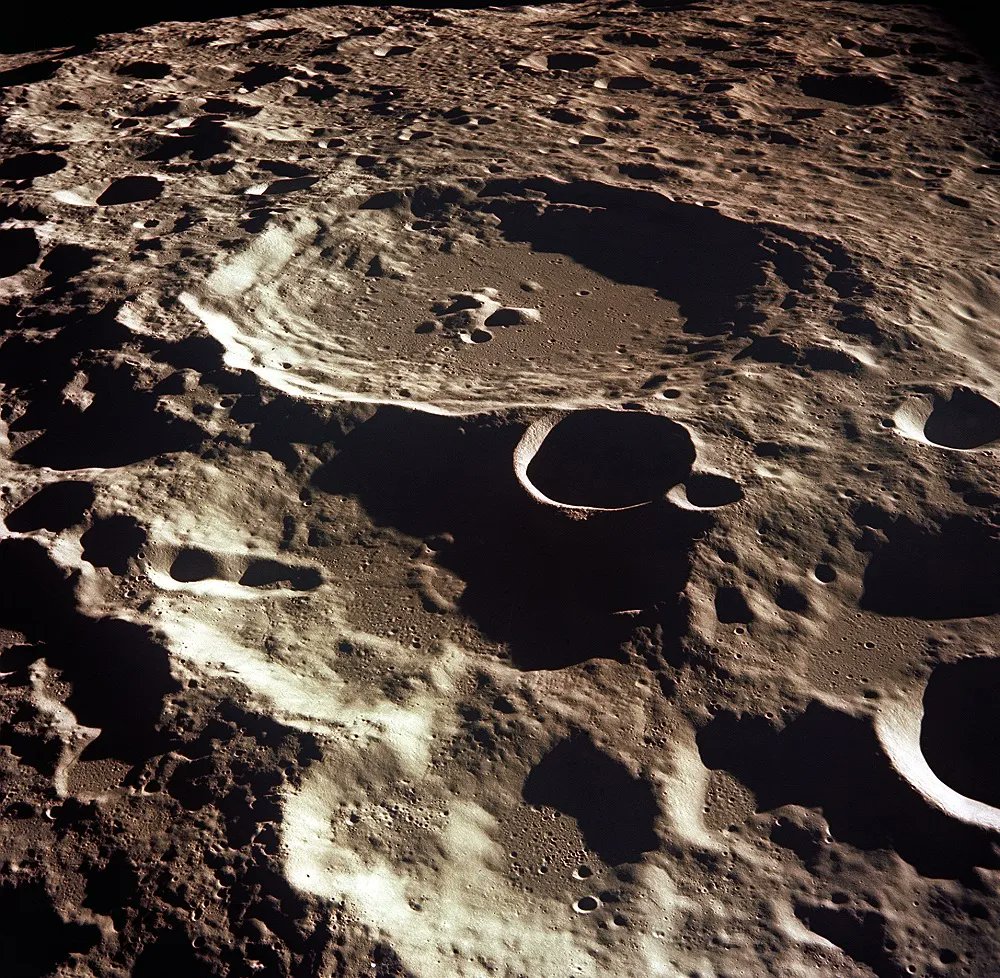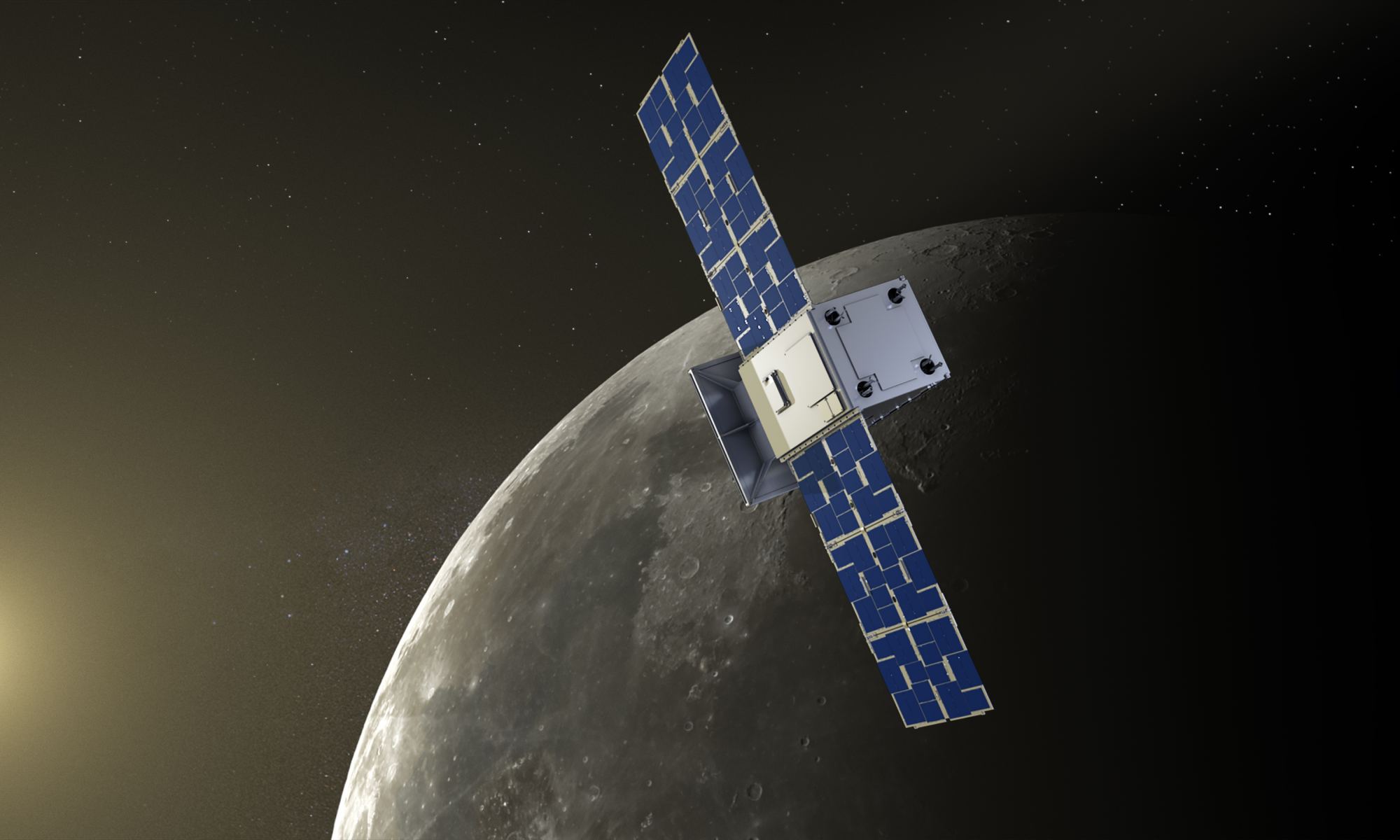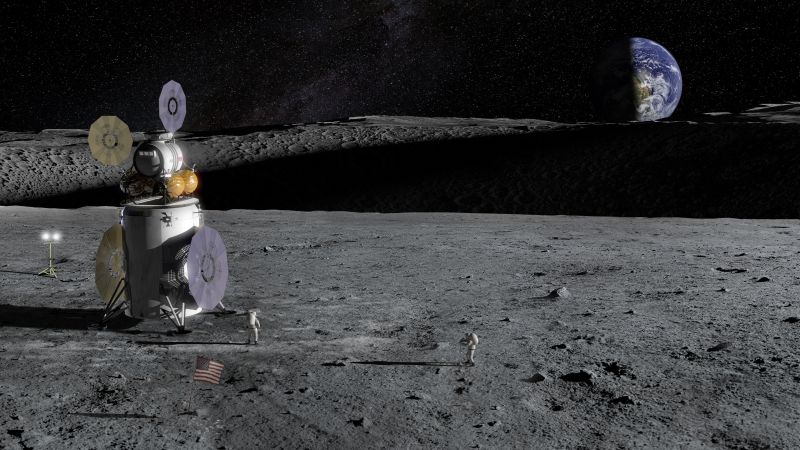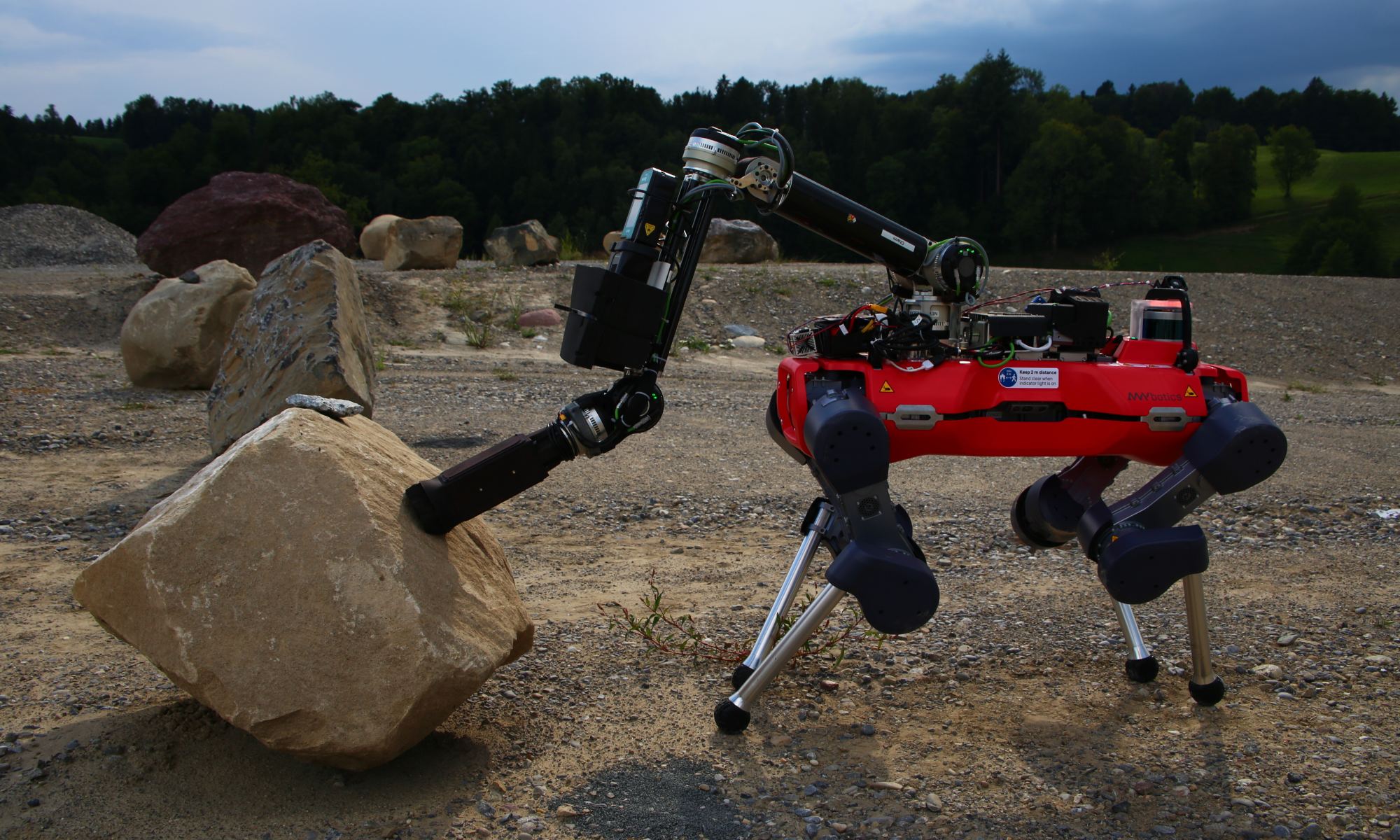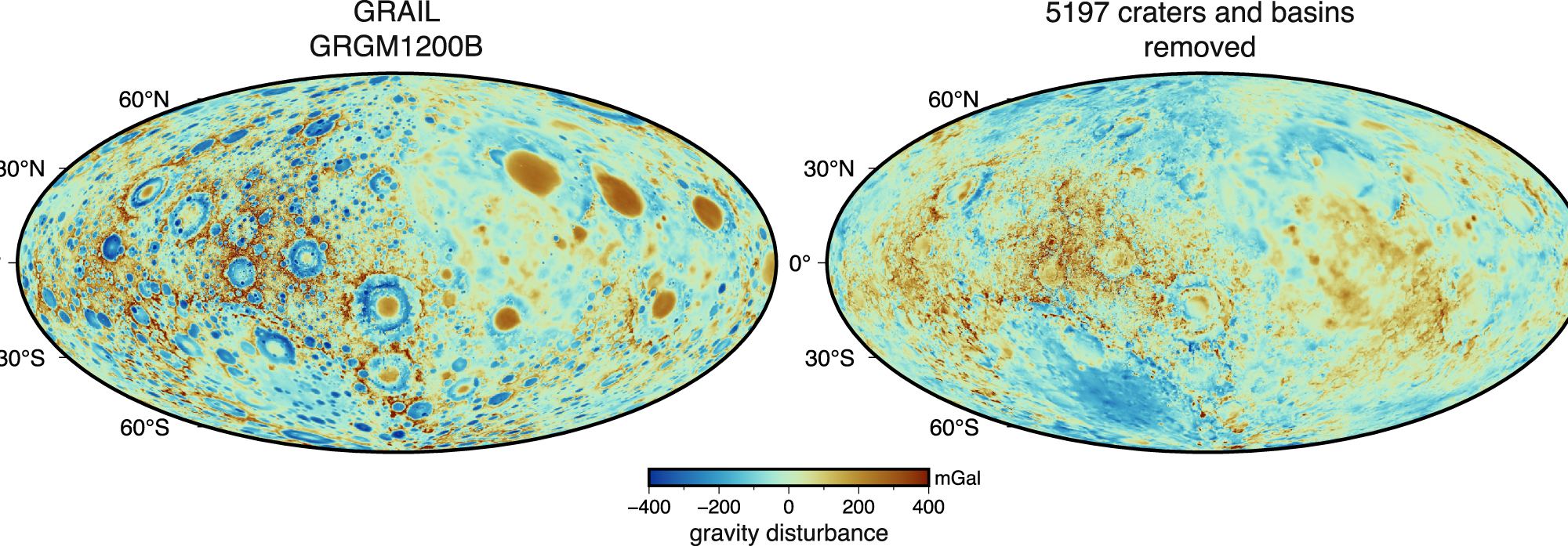For decades, astronomers have advocated building radio telescopes on the far side of the Moon. This “radio-quiet” zone always faces away from Earth and would provide the perfect location to study a variety of astronomical phenomena that can’t be observed in low radio frequencies from our planet, or even by Earth-orbiting space telescopes. But the costs and logistics of such a project have pushed most of these concepts to the realm of futuristic dreams.
But now a group of astronomers and engineers have worked out a concept for a radio telescope placed on the lunar far side that could be as large as 100 square kilometers across, and it could be deployed from a robotic lunar lander and four two-wheeled rovers.
Continue reading “Just Four Robots Could Deploy a Huge Radio Telescope on the Far Side of the Moon”
